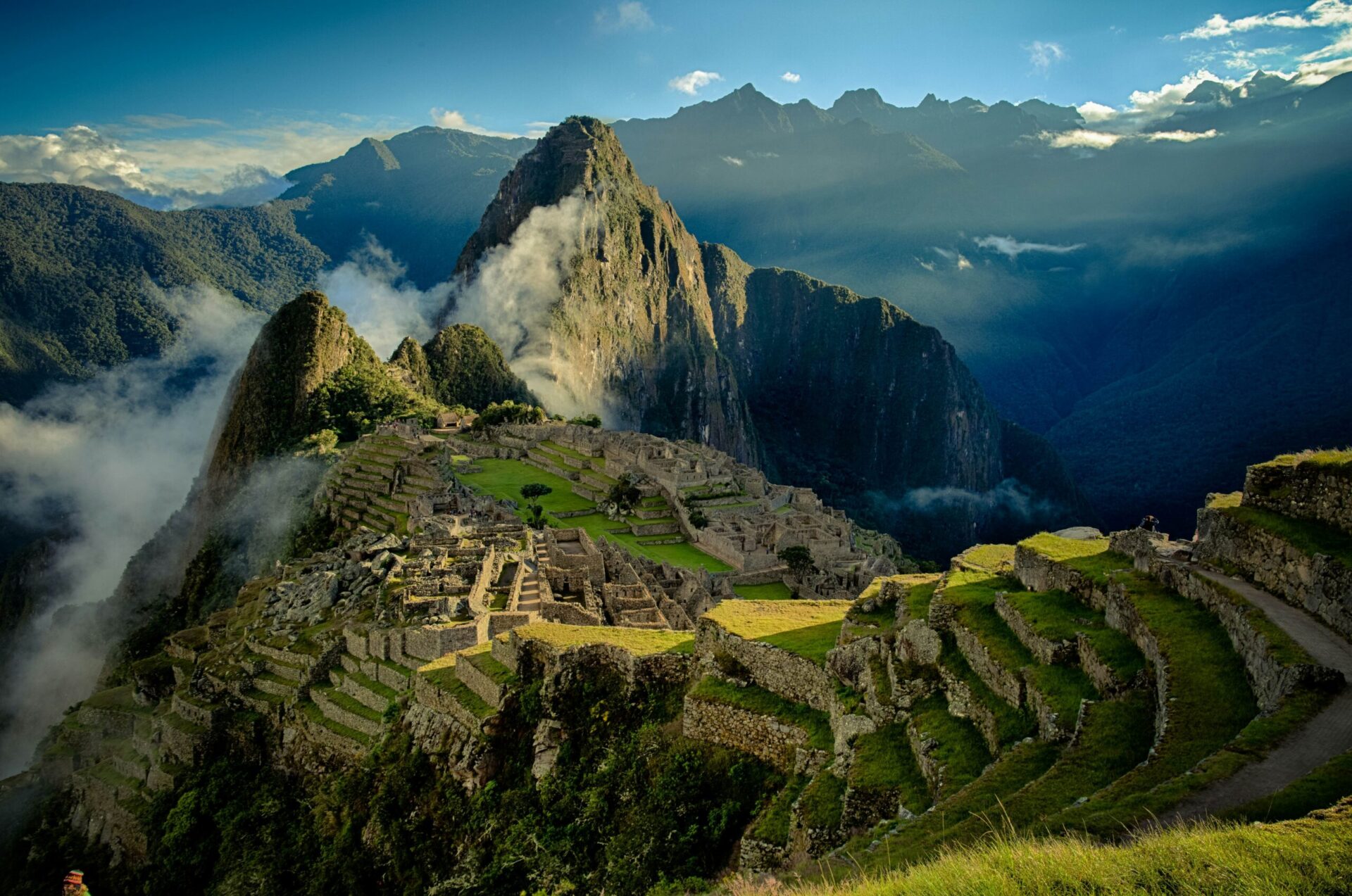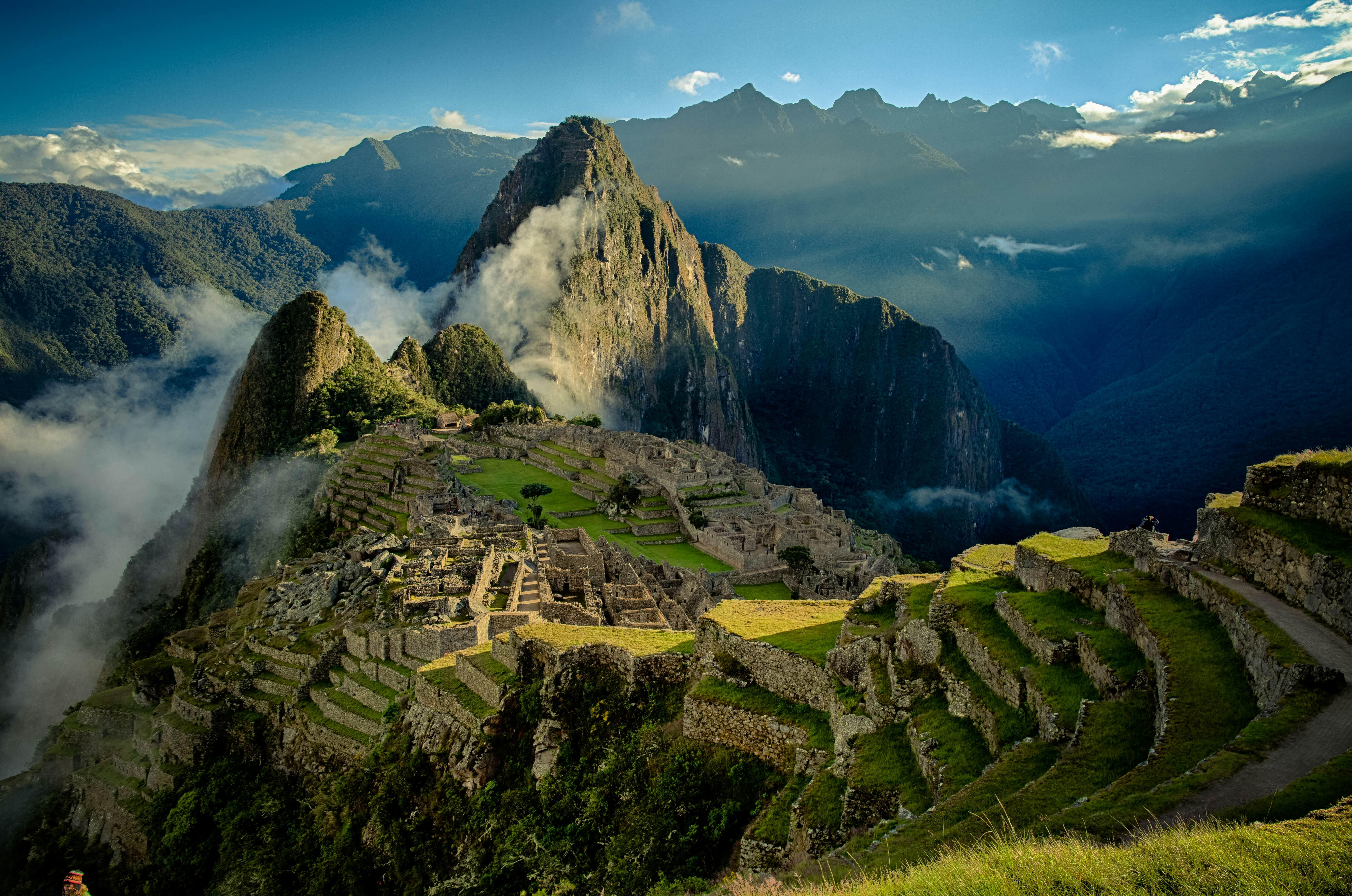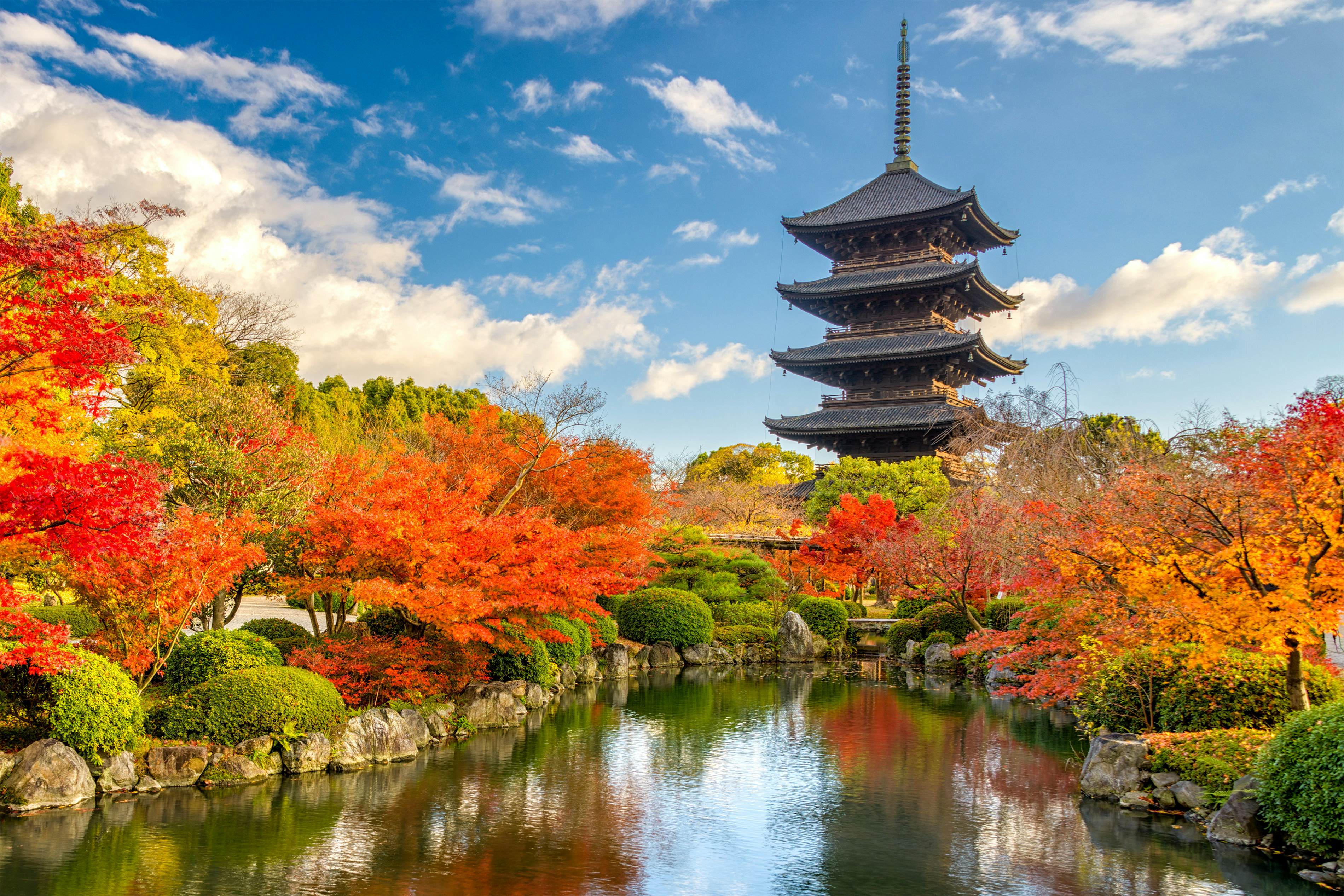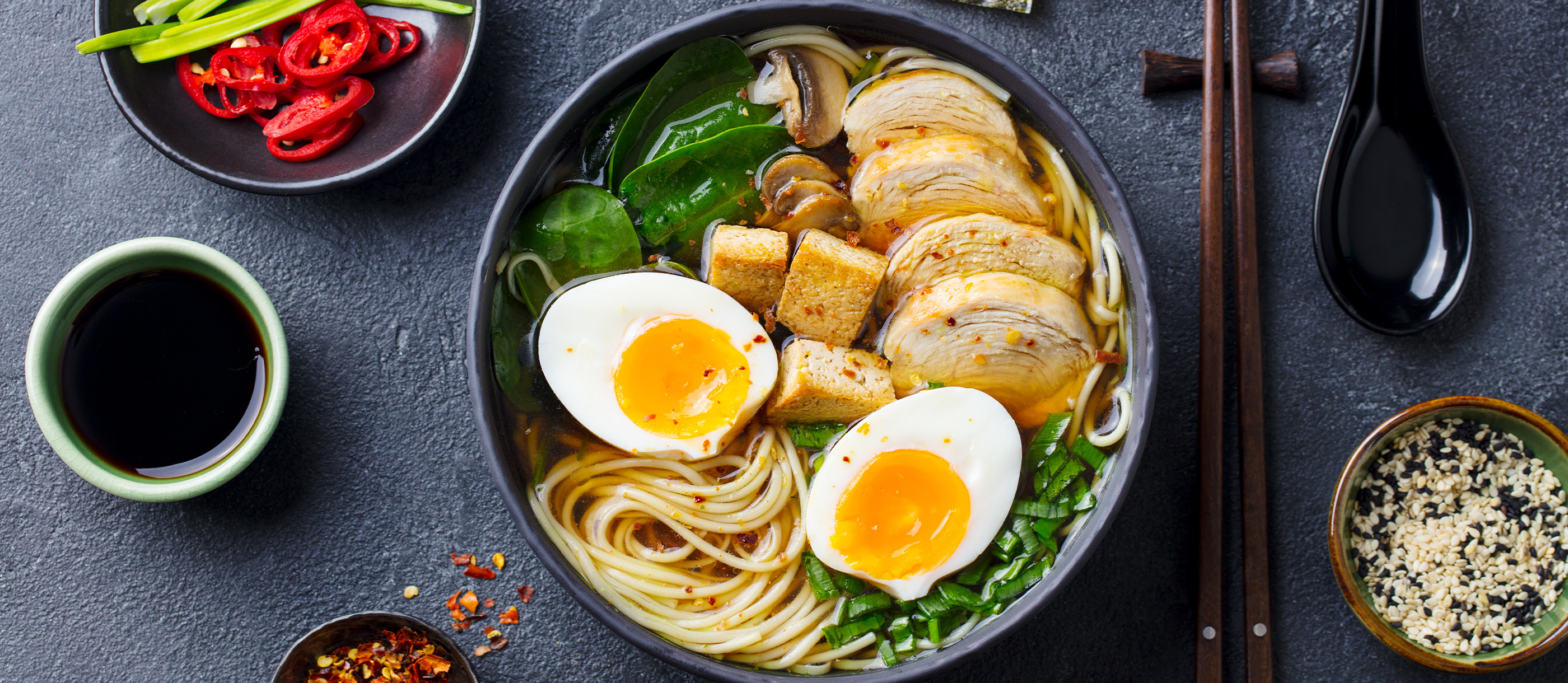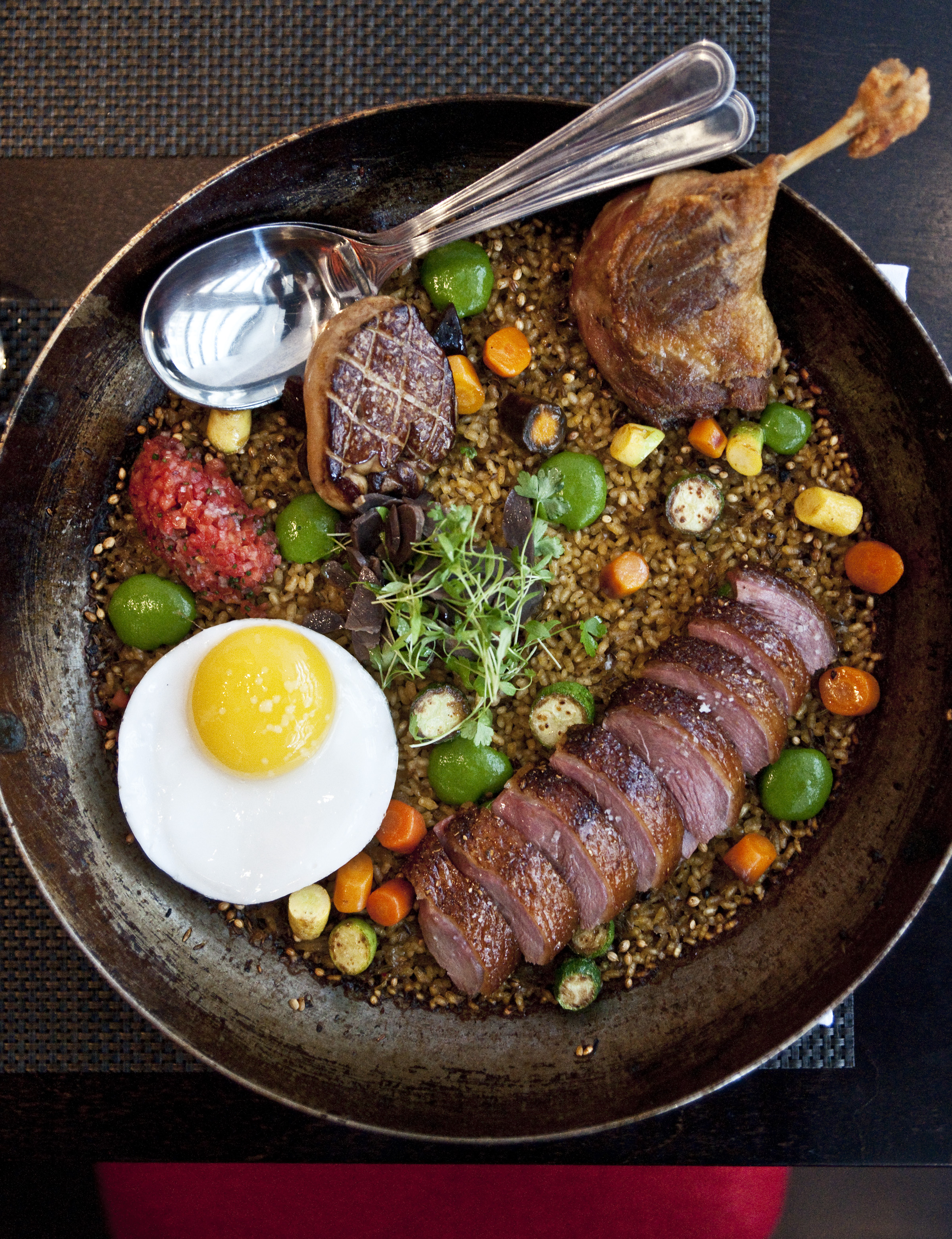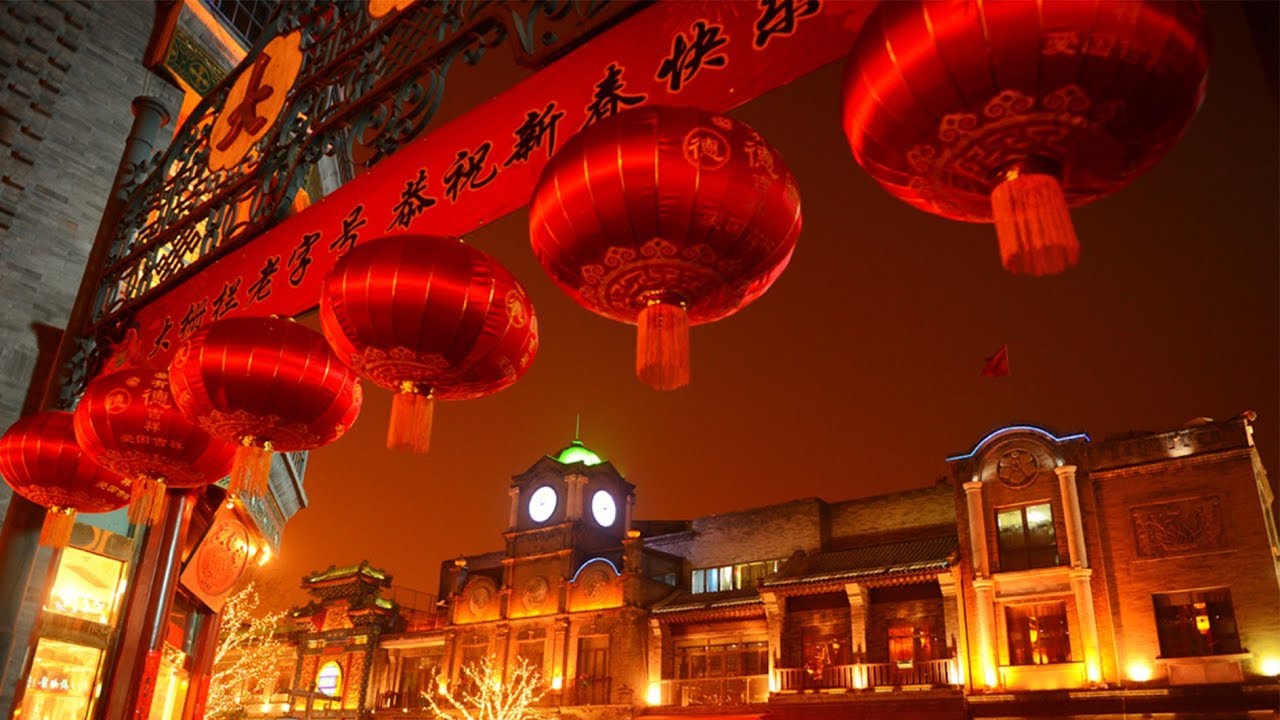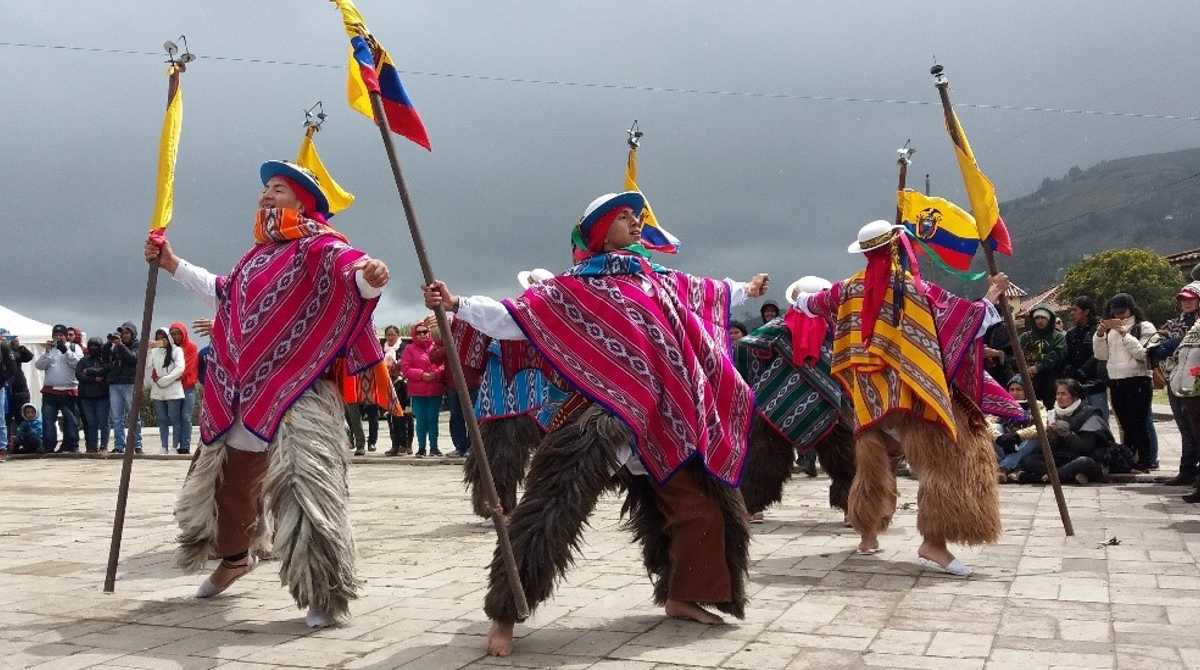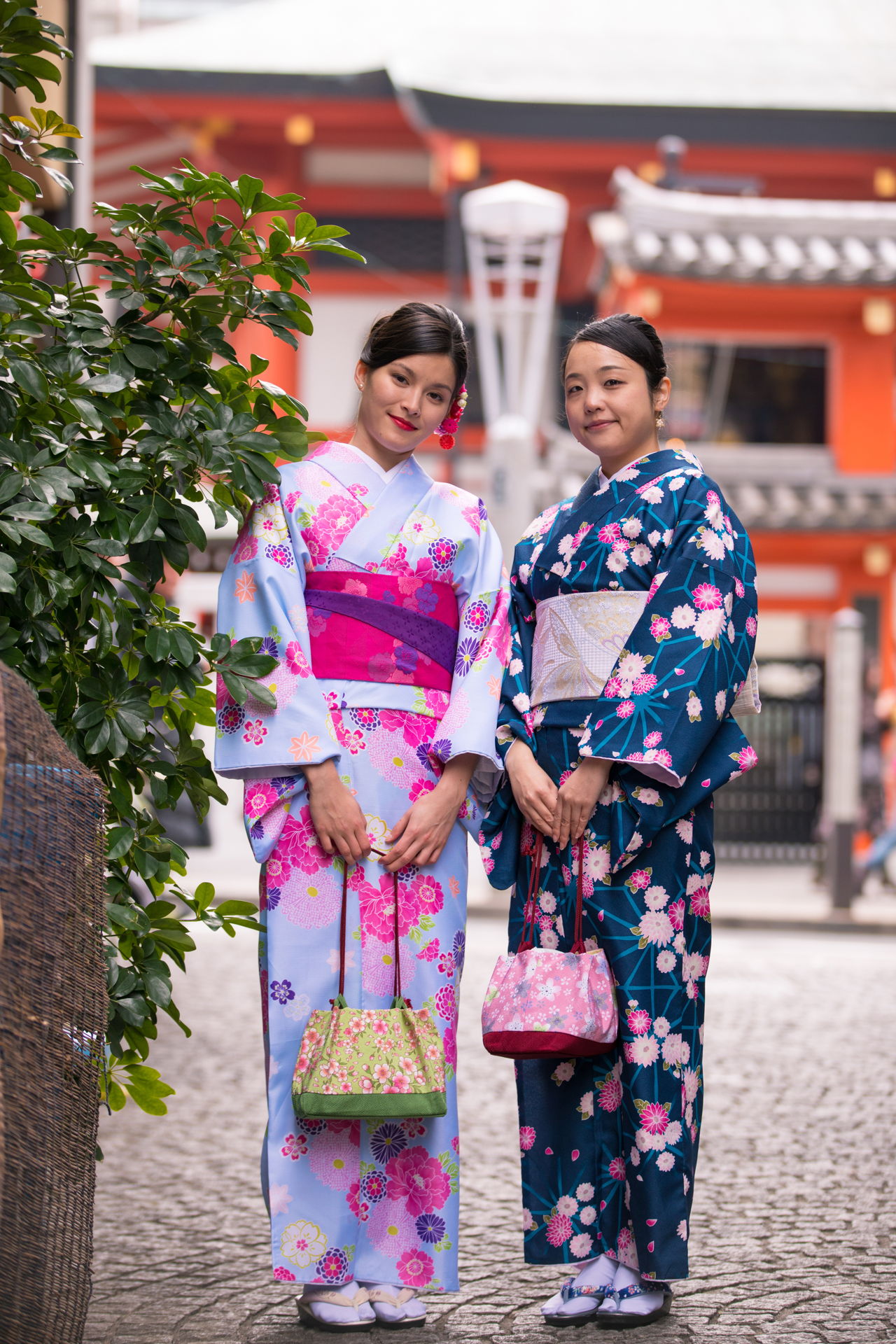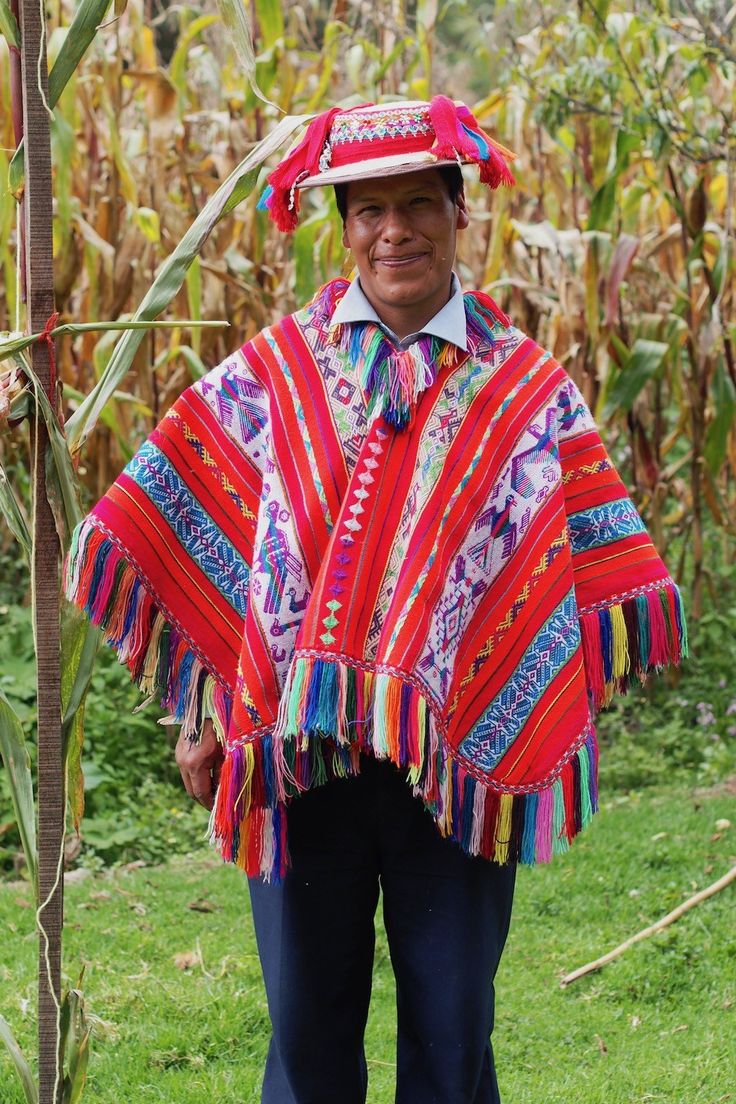Win a Free Trip to Japan!
Experience cherry blossoms and ancient temples
Japan and Peru, two countries separated by vast oceans, exhibit a fascinating array of contrasting cultures and traditions. While Japan boasts a rich history steeped in ancient samurai and geisha culture, Peru captivates with its vibrant Incan heritage. The geographical differences between these nations play a crucial role in shaping their distinct identities. From the bustling urban centers of Tokyo to the historic ruins of Machu Picchu, the contrast is striking. This blog delves into “Japan vs Peru,” exploring their unique languages, traditional clothing, cuisine, and much more, revealing the intricate tapestry of customs that define these extraordinary lands.
Frequently Asked Questions
1. What are some major differences between Japanese and Peruvian cuisine?
Japanese cuisine often emphasizes fresh, raw ingredients like seafood, rice, seaweed, and subtle flavors enhanced by seasonings such as soy sauce, miso, and wasabi. Sushi, sashimi, and ramen are some well-known Japanese dishes. Peruvian cuisine, on the other hand, is a melange of indigenous ingredients and techniques combined with influences from Spanish, African, Chinese, and Japanese immigrants. Dishes like ceviche, lomo saltado, and pachamanca showcase Peru’s rich culinary fusion, often using ingredients like potatoes, corn, and a variety of fresh herbs and spices.
2. How do traditional celebrations differ between Japan and Peru?
In Japan, traditional celebrations such as New Year’s (Shogatsu), Cherry Blossom Festival (Hanami), and Obon Festival are deeply rooted in Shinto and Buddhist traditions. These celebrations often involve specific rituals, family gatherings, and seasonal foods. In Peru, traditional celebrations like Inti Raymi (Festival of the Sun), Carnival, and Fiestas Patrias have roots in both indigenous Andean cultures and Spanish colonial influence. Peruvian festivals typically feature vibrant parades, traditional music, dance, and communal meals highlighting local specialties.
3. What is the role of family in Japanese and Peruvian cultures?
In Japanese culture, the concept of family (kazoku) is traditionally centered around collectivism with a strong emphasis on respect for elders, fulfilling roles, and maintaining family honor. This often involves multigenerational households and a focus on duty and harmony. In Peruvian culture, family (familia) is also very important and often extends beyond the nuclear family to include a wide network of relatives. Family gatherings are frequent, and there is a strong sense of community and mutual support. Respect for elders and family loyalty are similarly emphasized.
4. How do Japan and Peru differ in terms of traditional clothing?
Traditional Japanese clothing includes garments like the kimono, yukata, and hakama, which are often made of silk and characterized by intricate designs and seasonal colors. These clothes are typically worn during festivals, ceremonies, and special occasions. In Peru, traditional clothing varies by region but commonly includes items such as the colorful, handwoven ponchos, mantas, and chullos (knitted hats with earflaps). Peruvian traditional attire often features vivid patterns and is made from materials like alpaca or llama wool, reflecting the country’s indigenous heritage.
5. What are the main languages spoken in Japan and Peru, and how do these influence their cultures?
The main language spoken in Japan is Japanese, which uses a combination of three writing systems: Kanji (characters of Chinese origin), Hiragana, and Katakana (phonetic scripts). Language plays a pivotal role in Japan’s cultural identity and everyday communication, embodying the nuances of respect and hierarchy through varying levels of formal and informal speech. In Peru, the official language is Spanish, but many indigenous languages such as Quechua and Aymara are also widely spoken. This linguistic diversity reflects Peru’s multicultural heritage and influences various aspects of its cultural expressions, from literature and music to daily interactions.
